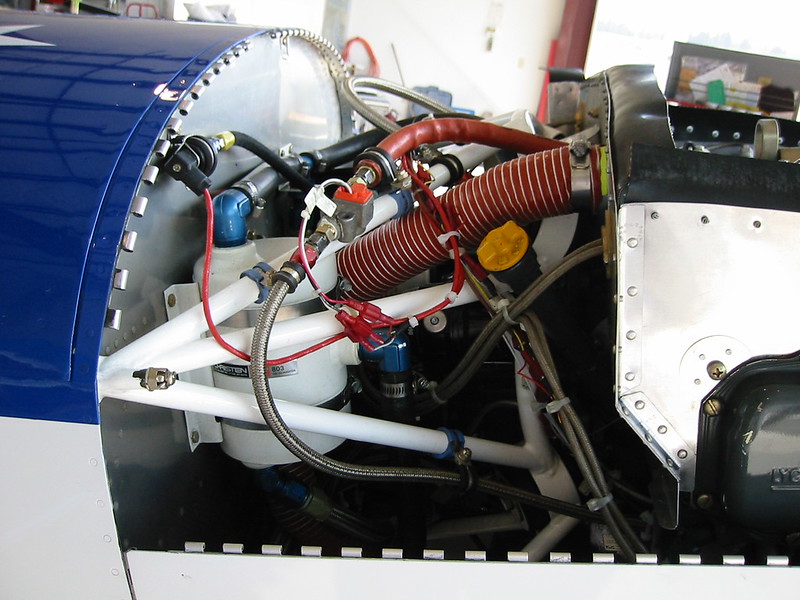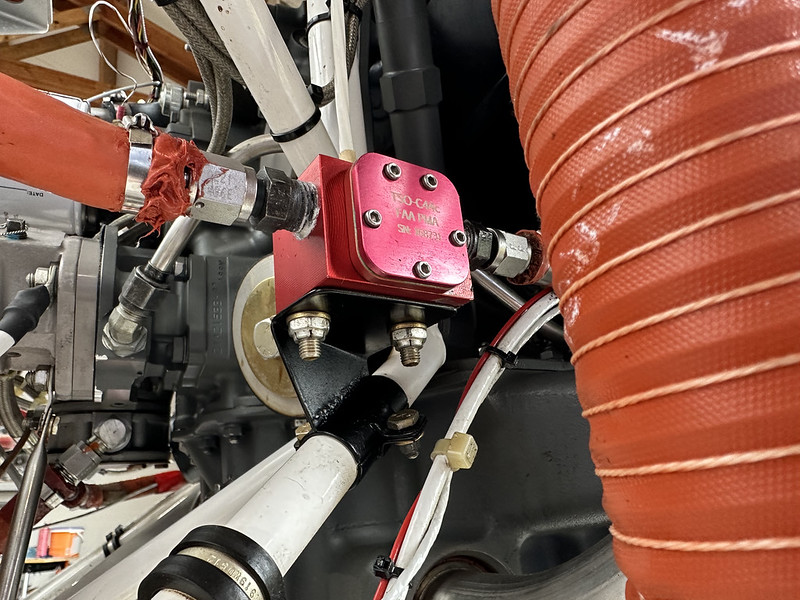markduffield
Member
I have an RV-8 but this question is probably applicable to any RV with a carburetor. I have been through three floscan 201s in the last 9 months and the problem always happens the same way. When I bought the aircraft, the flowscan 201 worked fine for probably 6-8 months, then it quit working (read zero). I cleaned it out and it worked for a couple of more flights and then quit. I replaced it with an identical unit which worked for about 5 hours and then quit. I cleaned that one out and it worked for a couple of more flights and then quit. I sent that one back to flowscan and they found no problems with it, but sent me a new one anyway. I replaced all of the firewall forward flexible fuel lines in case it was an issue of degrading lines causing debris and I also replaced the fuel filter prior to installing this 3rd unit. This third unit worked great for 2 flights and now it has quit. I am starting to wonder if the design of my fuel system might somehow be jamming these devices up. From the firewall forward my fuel system goes as follows...flexible hose...fuel filter...flexible hose...mechanical fuel pump...flexible hose...flowscan...flexible hose...carburetor. The flowscan is oriented wires up as directed with no sharp bends just before or after the flowscan. My electronic fuel pump is on the cockpit side of the firewall. The flowscan is heat protected and secured in place. The only thing that is not new in this system (firewall forward) is the mechanical fuel pump, but I see no evidence that it is degrading and there is no debris in the carburetor screen. I have worked and reworked the electrical wiring so I am confident it is not a wiring issue plus the fact that every time it fails, when I remove the flowscan it is jammed up but no debris is found. Then I blow some air through it (gently by mouth) to free it up and I hear it turning, and then it works a for flight or two and jams up again. I'm wondering if I should relocate the flowscan to before the mechanical fuel pump, that somehow the pulsing of the mechanical fuel pump might be causing the flowscan to jam up. In essence I'm considering swapping the locations of the fuel filter and the flow scan. Perhaps the flow of the fuel prior to the mechanical fuel pump might be easier on the flowscan unit.
Where are other people putting their fuel flow sensors and fuel filters?
Where are other people putting their fuel flow sensors and fuel filters?






